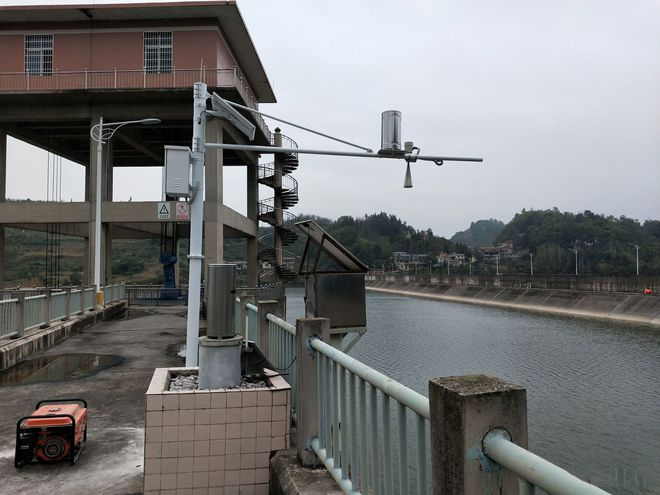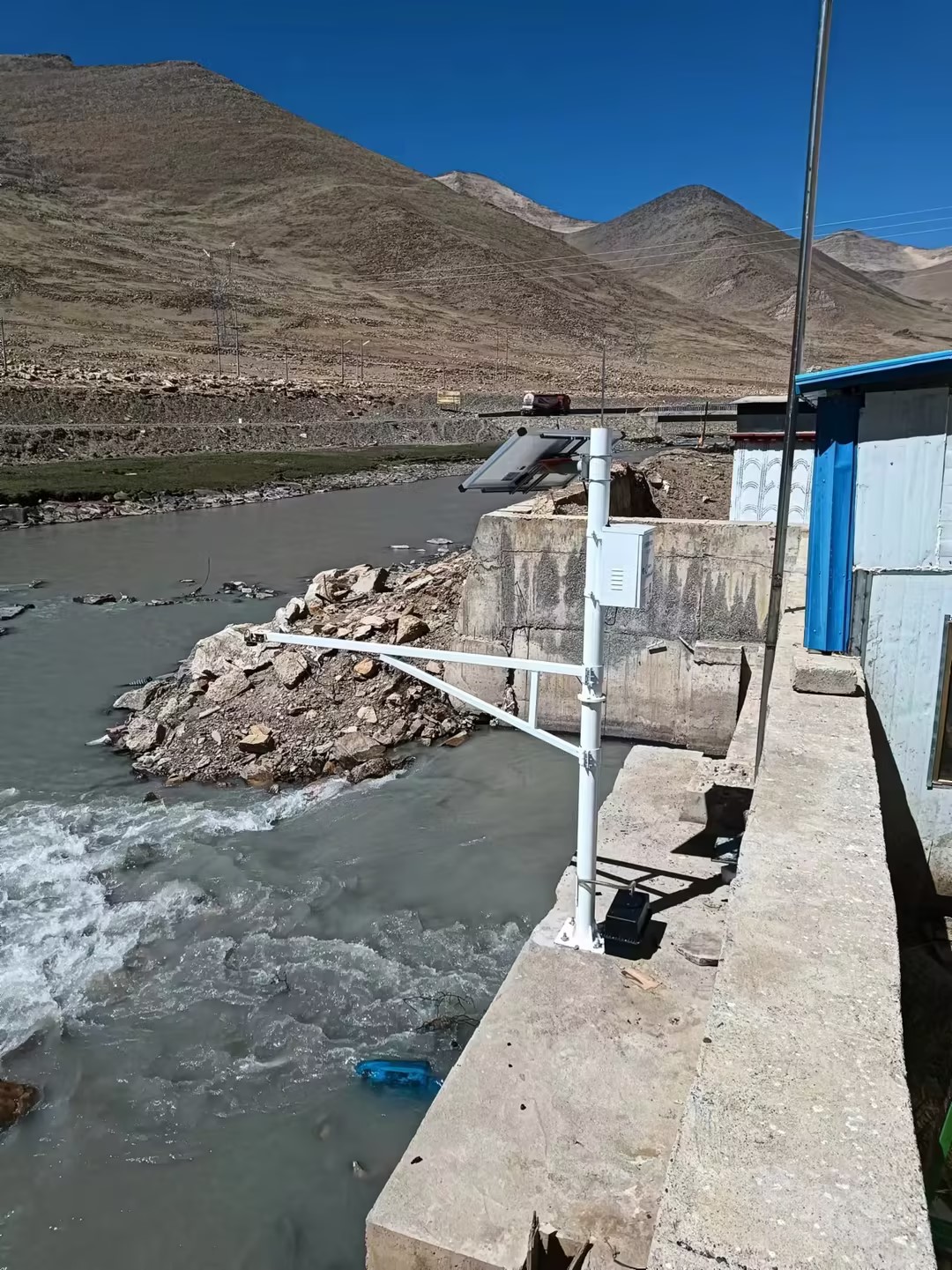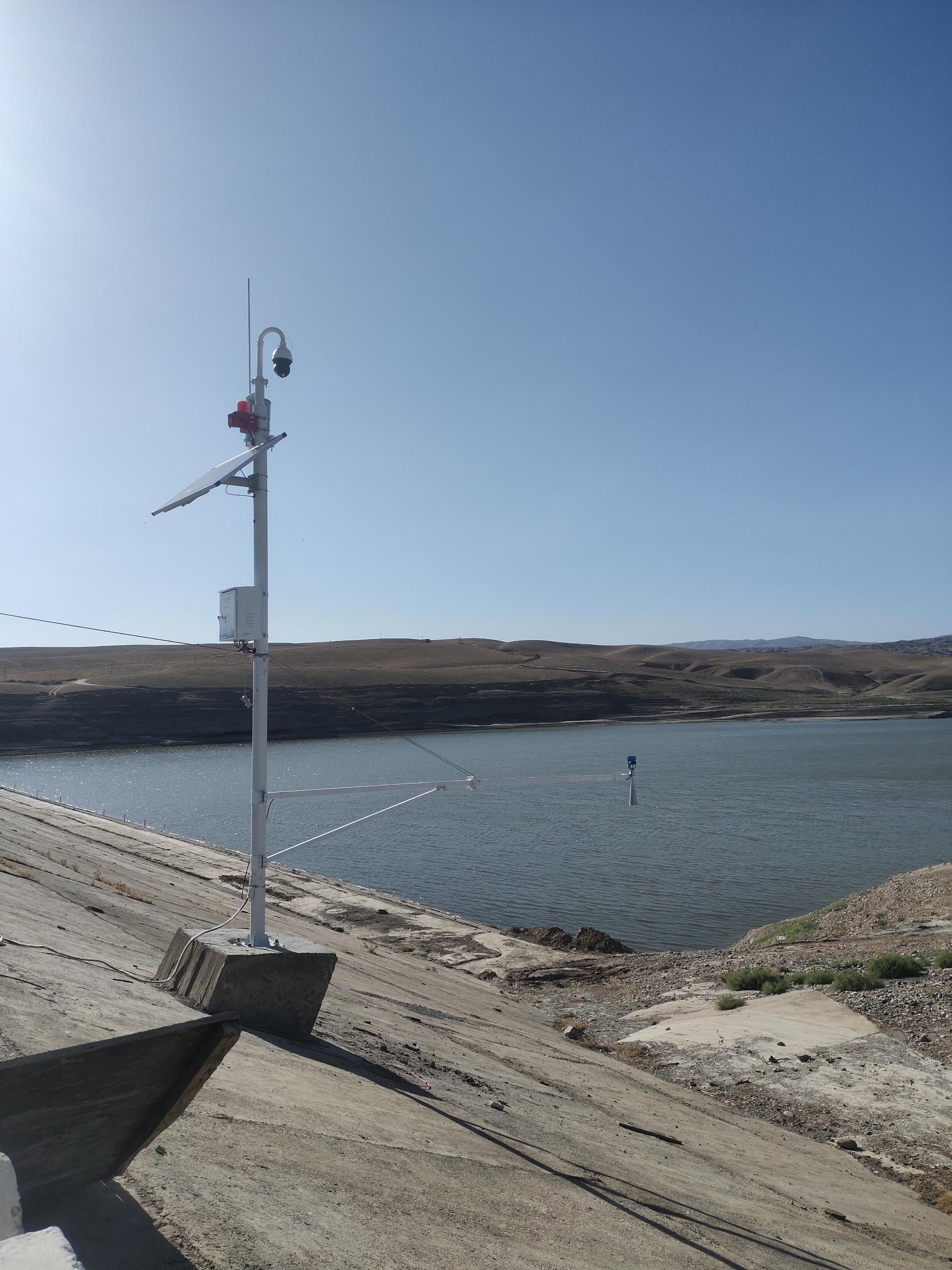Construction of hydrometeorological monitoring system for flood control and disaster reduction in Rivers and Lakes
2025-04-23 07:42:57
The main task of the hydro meteorological monitoring system is to observe and accumulate hydrological and meteorological data (such as precipitation, evaporation, wind conditions, river flow velocity, water level, visibility, etc.). These observation data have important value in the prevention of drought and flood disasters, the planning and design of embankment construction, shore stabilization, prevention, and pollution discharge projects. As an important component of the meteorological station network, it plays an irreplaceable role in meteorological and hydrological observations, providing strong support for the sustainable development of society and the safety of people´s lives and property.

The hydro meteorological monitoring system combines sensor technology, communication technology, and data processing technology to comprehensively and real-time obtain water and rainfall data, providing decision support for multiple fields such as water resource management, flood control and drought resistance, and ecological environmental protection. Capable of data collection, transmission, and processing, capable of real-time transmission of sensor acquired data to data centers or cloud platforms for storage, analysis, and display.
system function
1. Real time weather monitoring
Provide real-time meteorological data, including temperature, humidity, wind speed, wind direction, air pressure, etc.
2. Rainfall monitoring
During rainfall, real-time monitoring and recording of rainfall can be carried out for subsequent analysis.
3. Monitoring of water flow rate and water level
Monitor the flow rate and water level of rivers or lakes in order to predict possible flood situations.
4. Multi site management
Support adding and managing multiple weather stations on the same map for easy comparison and analysis.
5. Data visualization
Provide charts and dashboards to visually display the collected data.
6. Historical data query
Store historical weather data, and users can query historical weather conditions as needed.
7. Disaster warning
According to the collected data, the system will automatically give an early warning in case of severe weather conditions (such as typhoon, rainstorm, etc.).
8. Data export
Users can export the collected data and support multiple common file formats.
9. API interface
Provide API interfaces to allow other software or systems to access and use our data.


Keyword:




